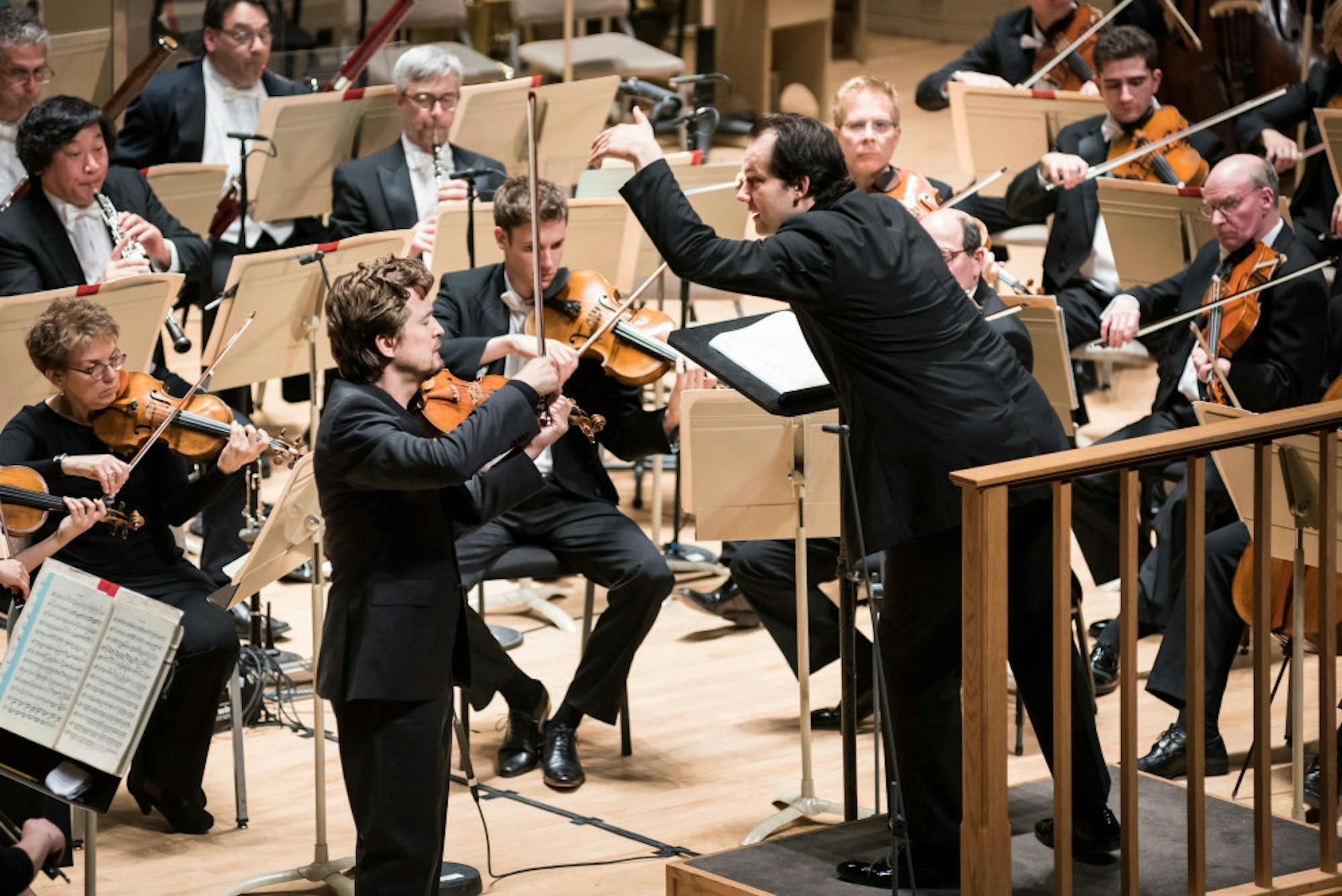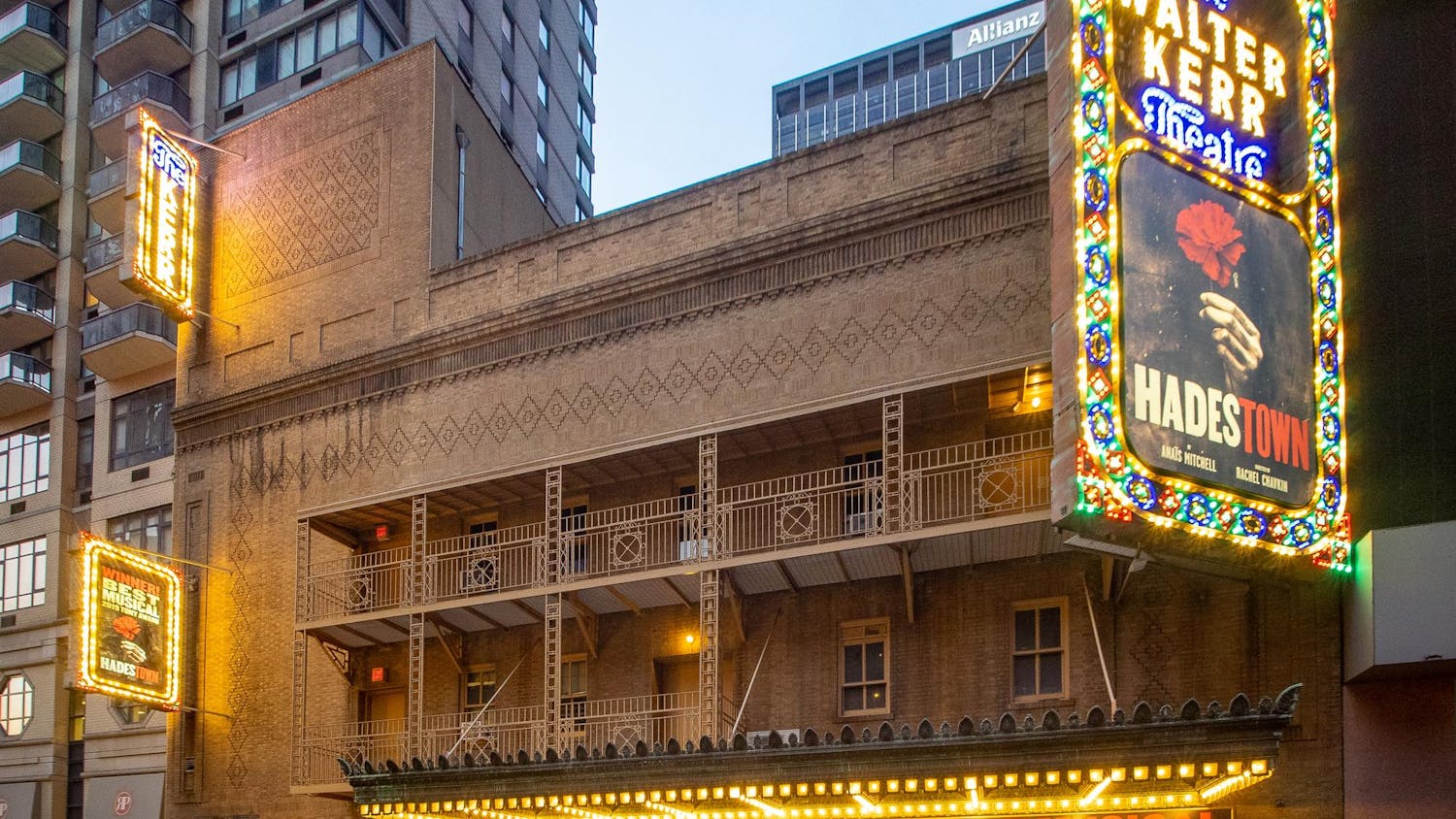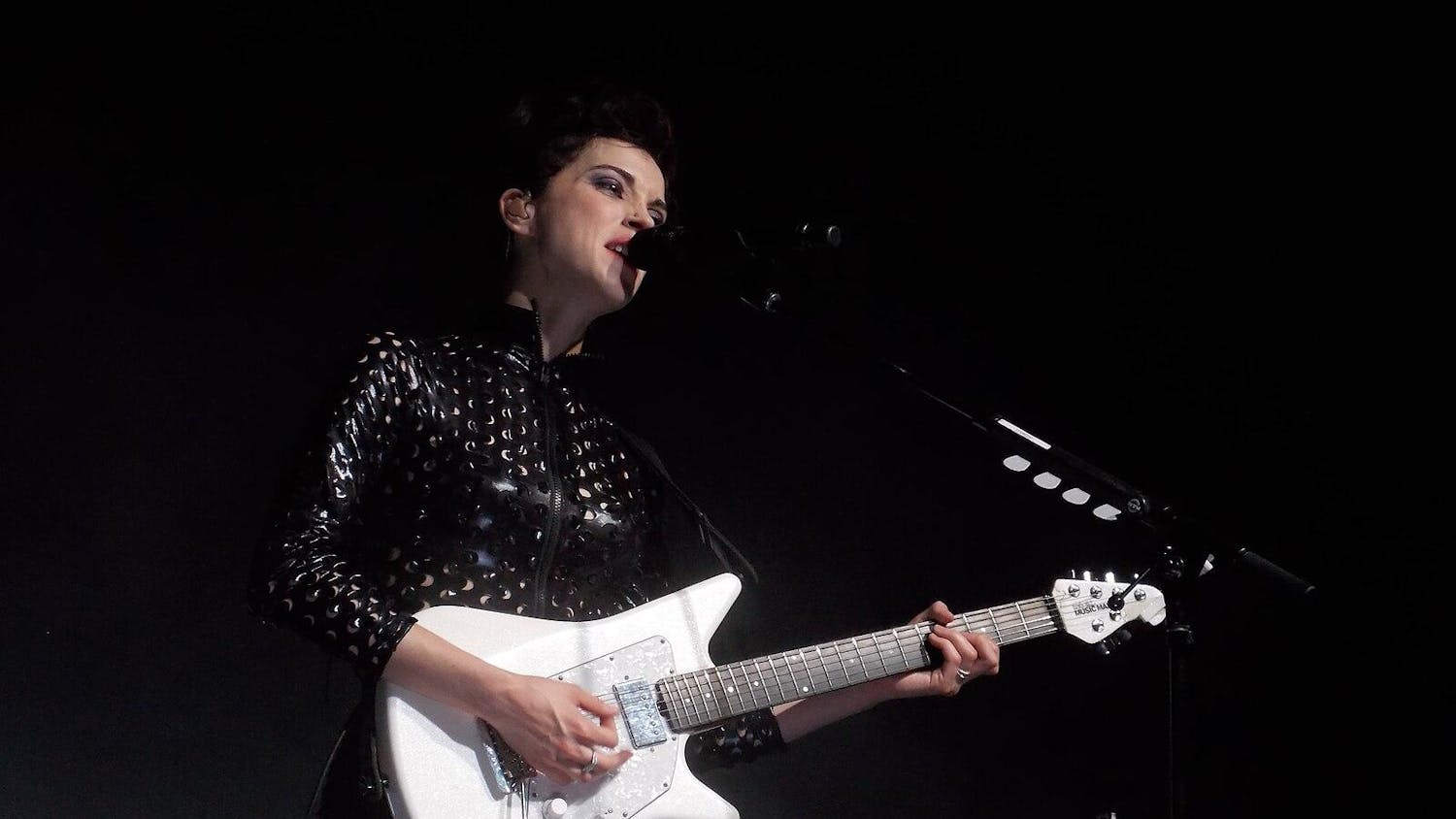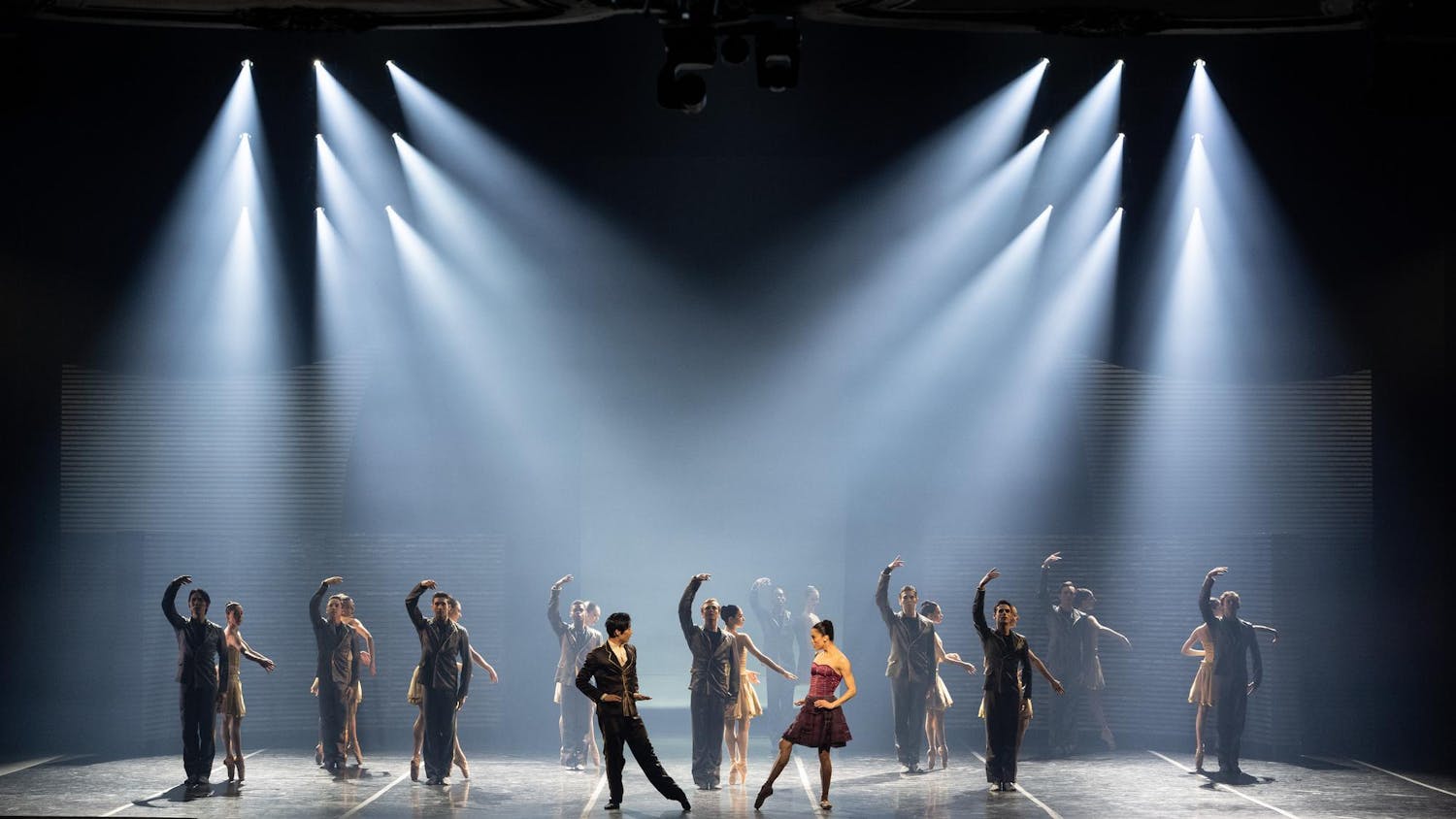Last weekend’s program at the Boston Symphony used music to tell a powerful story of art, politics and fear.The concert opened with an excerpt from the Shostakovich opera "LadyMacbeth of the Mtsensk District." Several years after its opening in 1934, Joseph Stalin saw the piece and was so offended, or perhaps threatened, by the themes it presented that he left partway through the second act. The opera’s unflinching treatment of violence and sexual themes offended the sensibilities of senior Soviet leaders, prompting a scathing editorial in the Communist newspaper Pravda. Shostakovich himself recalled that the article’s official panning “changed my entire existence,” hamstringing his career in a single stroke and opening him up to further persecution by the authorities. Until Stalin’s death, new works by Shostakovich were premiered to audiences of handpicked communist party apparatchiks, so as to vet them for musical orthodoxy.
Structurally, the piece is a “Passacaglia,” a Baroque take on theme-and-variations in which a repeating bass motif provides an obsessive, driving quality to the music. As described in the BSO's concert program, "Lady Macbeth" is classic early Shostakovich, unflinchingly dissonant and brutal without the acrid sarcasm that tinges his later work. From the teeth-gnashing harmonies of its opening chords to its ghostly conclusion, the BSO expertly channeled the bold experimentation of a composer not-yet-reeling from official sanction.
Nelson’s decision to conclude the concert with Shostakovich’s Tenth Symphony gives the concert a grand narrative arc. Shostakovich’s Tenth premiered in December of 1953, five years after his conviction for Formalism and only nine months after Stalin's death. Its structure, melodic motifs and timing come together to paint a vivid picture of Shostakovich’s relationship with the dictator. Over the course of its four movements, the piece traces the narrative of this relationship, from despair, to abject terror, to triumph.
The first movement is a vast, dark Moderato, never in a hurry but constantly building. After a discordant climax, the music fades back into brooding, muted intensity. Nelson’s languid tempo and the BSO cello section’s subtle touch established the dark atmosphere of the piece immediately, and the first movement’s climax was jarring without spoiling too much of the coming action.
Where the first movement is slow and subdued, the second movement is spastic and violent. All of the subtlety of the first movement is discarded in a ferocious, thrashing blitz that, in the hands of a bold orchestra, can clock in at under four minutes. The string session pounds the downbeats while brass and percussion roar at double forte. Many orchestras lean too much on the movement’s brutal rhythms and screaming brass lines to convey the drama, but Nelsons’ brisk tempo brought out the music’s intensity in all its savage glory.
The warped, demented waltz that opens the third movement provides breathtaking contrast to the second movement’s pace while retaining its nervous energy. As was first articulated by Nelly Kravetz's article, "New Insight into the Tenth Symphony," in "Shostakovich in Context" (2002), for Mahler, the motif represented an ape howling at the moon; for Shostakovich, it is like a hunting horn, representing the repressive machinery of the Soviet state biting at his heels. This movement introduces two key musical themes, the first of which is the four-note phrase D-E flat-C-B. Written in German notation, the notes become D-eS (Es, or E flat)-C-H (for B), representing the German transliteration of the composer’s own name: D. Schostakovich. Furthermore, Kravetz explains, the second theme, carried by the principal French Horn to interrupt the waltz, strongly resembles the opening theme of Gustav Mahler’s "Song of the Earth" (1908), a piece Shostakovich greatly admired. The two themes make contact in the movement’s roaring climax, with the strings frantically repeating the DSCH motif as the hunting call blares from the horns. As the music closes, the timpani carries the waltz rhythm while the hunting horns fade into the distance. In the last measures, a lone piccolo squeaks out the DSCH motif, as if the composer is breathlessly reminding himself that he is, in fact, still alive.
The fourth movement opens with similar brooding melancholy to the first. The Stalin theme from the second movement returns with a vengeance, only to be drowned out by the D-S-C-H theme. The triumphant conclusion has a breathless, panicked quality -- perhaps an indication that Shostakovich’s relief was tinged by survivor’s guilt (Sergei Prokofiev was not so lucky, after all!). The BSO trombone section’s no-holds-barred rendition of the final D-S-C-H theme was a particular treat.
Concert programs like this, carefully combining pieces to make their impact more than the sum of their notes, are part of the reason why Nelsons is such a superb music director. His predecessor, James Levine, abstained from programming Shostakovich works as a rule. If Nelson's first season at the helm of the BSO is any indication, the Boston Symphony Orchestra can be expected to perform many more thoughtful, troubling, moving concerts like this one in the coming seasons.
Boston Symphony Orchestra takes listeners on exciting journey

Andris Nelsons conducts the Boston Symphony Orchestra with nuance and aplomb by combining elements of various 20th century Russian composers.





